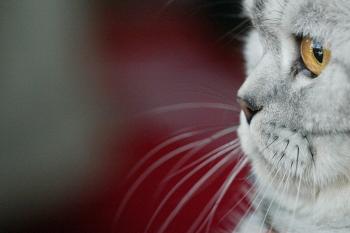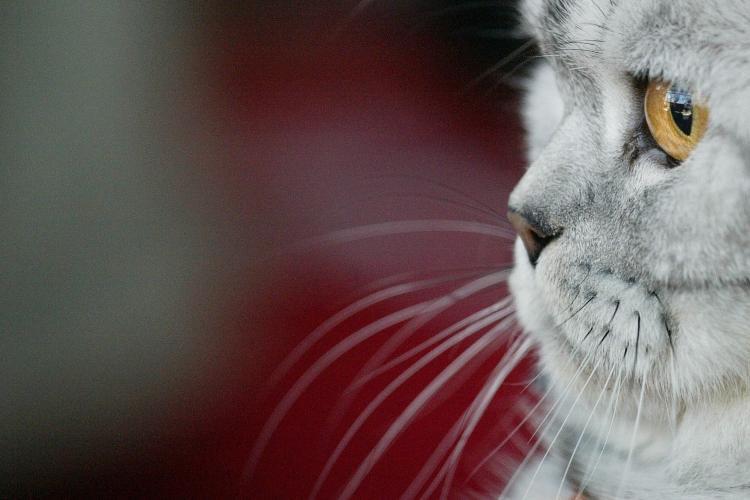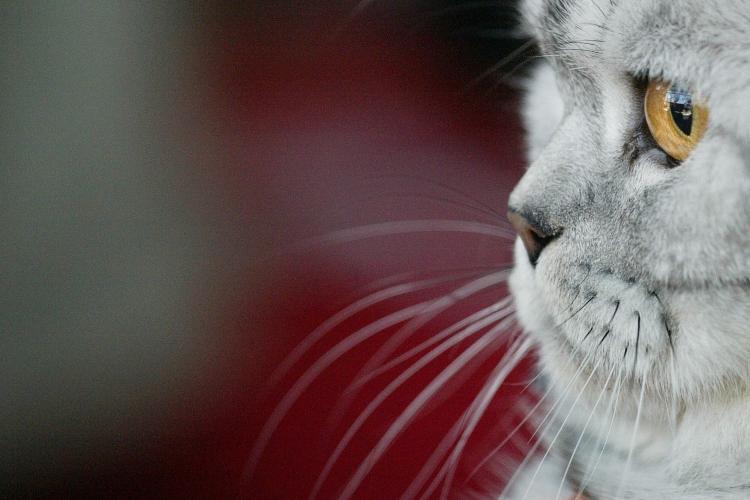The answer, say researchers from MIT, Princeton, and Virginia Tech, is in an exquisite demonstration of physics. Both domestic and big cats take advantage of two physical forces: inertia and gravity.
While a dog quenches its thirst by dipping and curling its tongue in liquid to form a ladle and pull up what it can, high speed videos made by the researchers revealed that the tip of the cat’s tongue is the only surface to touch the liquid.
To drink, a cat slightly curls its tongue back allowing only the top surface of its tongue to touch the liquid. It then quickly draws its tongue back, creating a column between it and the surface of the liquid. The cat then snaps its mouth shut, pinching off the top of the column.
According to the researchers, the cat draws its tongue back up so quickly that for a second, inertia overcomes gravity.
The cat instinctively understands the delicate balance between the two forces, say the researchers.
The team found that an average house cat takes about four laps per second. Big cats, such as tigers, have larger tongues and lap more slowly to achieve the same balance of inertia and gravity.
According to one of the researchers, Jeffery Aristoff of Princeton University, a cat chooses the speed to lap water that would get them the most for the amount of effort spent.
“This suggests that cats are smarter than many people think, at least when it comes to hydrodynamics,” said Aristoff.
The research was conducted by Roman Stocker and Pedro Reis of MIT, Sunghwan Jung of Virginia Tech, and Jeffrey Aristoff of Princeton and was published in the journal Science on Nov. 11.
The research began three and a half years ago when Stocker, an associate professor at MIT’s department of civil and environmental engineering, was watching his cat Cutta Cutta lap milk. The eight-year-old Cutta Cutta (or “stars stars” in Australian aboriginal language) also stars in the research videos and still pictures.




Friends Read Free